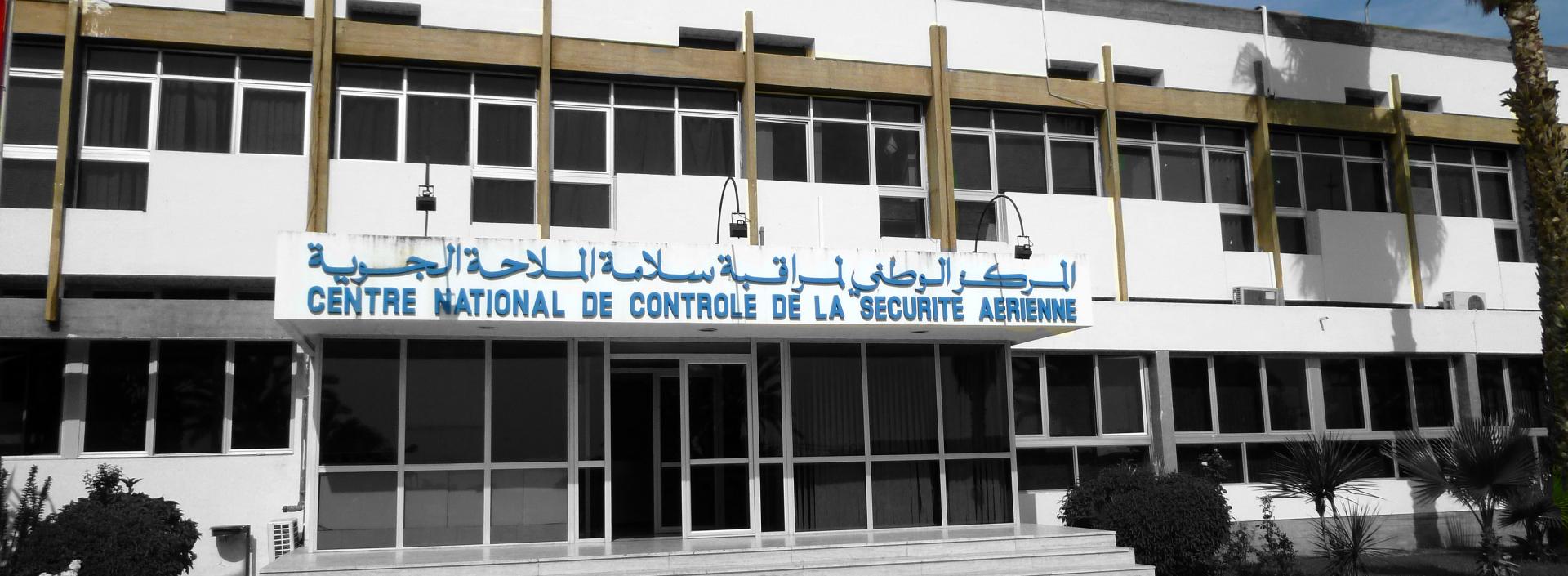Phase I: assessment of the system and traffic forecasts
The first phase of the project, carried out over 6 months, consisted of a study to assess the capacity of the existing air navigation system and to forecast future traffic in the short term (2015) mid- term (2020) and in the long term (2025).
Ineco made its assessment using accelerated simulation techniques, employing sophisticated tools able to analyse the system’s capacity, the traffic controller’s workload and detect possible areas of conflict for aircraft during flight.
Phase II: Proposal for restructuring airspace and associated safety study
Based on recommendations resulting from the initial phase, a new airspace design was proposed (improved network of air routes, new demarcation and terminal areas) for each of the temporary scenarios.
This design was validated with simulation tools to guarantee the predicted growth in traffic and the increased efficiency (more direct routes which will reduce aircraft fuel consumption). At the same time a safety study was carried out to ensure that the current safety levels would improve with the new design.
Phase III: Implementation Plan
The final phase is divided into two main areas: determining the operational concept and carrying out an Implementation Plan for correct commissioning of the new system, and determining needs in terms of human resources and definition of new operational procedures.























